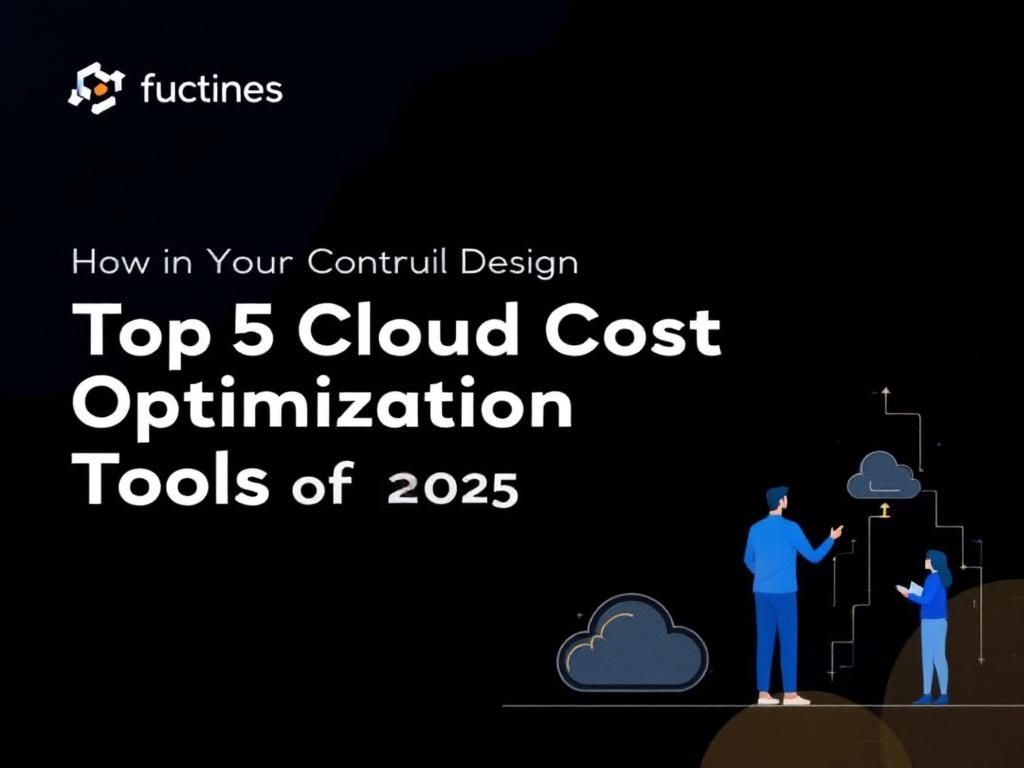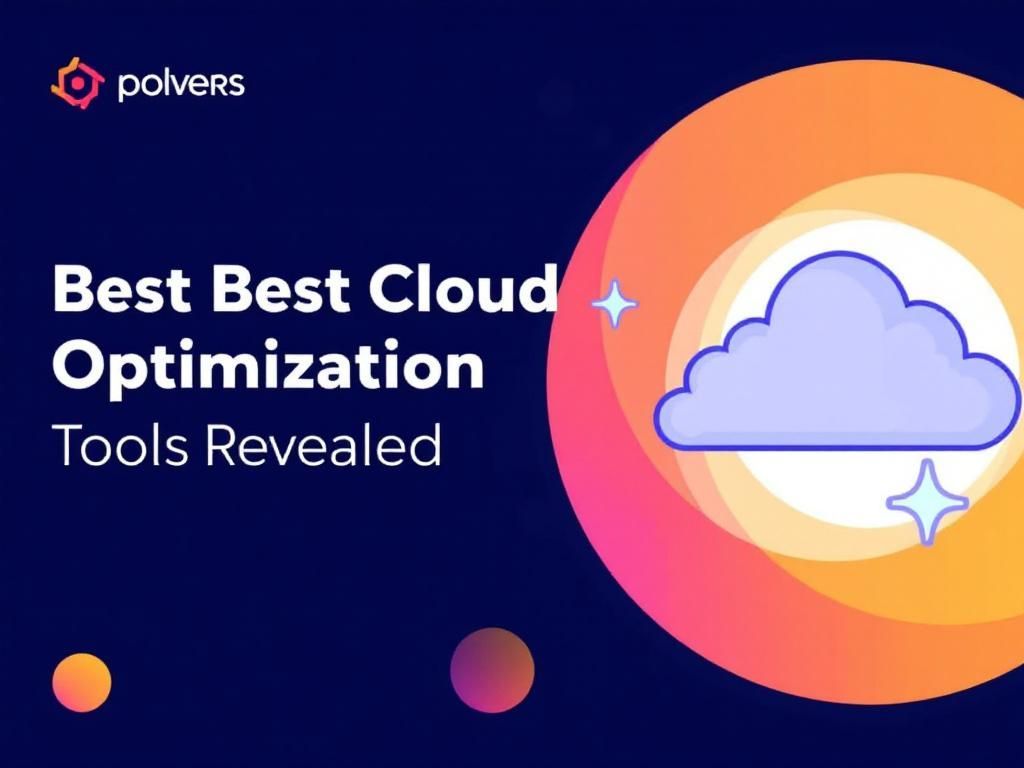Unlocking Enterprise Success with Cloud Monitoring Tools
Discover how cloud monitoring tools can drive enterprise success by enhancing performance, ensuring reliability, and optimizing costs.

In today’s digital age, organizations are increasingly relying on cloud-based solutions to drive efficiency, improve collaboration, and enhance their overall operations. However, with the rapid adoption of cloud technologies, organizations face new challenges that necessitate robust monitoring tools. These tools not only provide insights into system performance but also help in ensuring compliance, enhancing security, and optimizing resource utilization. Understanding how to leverage cloud monitoring tools effectively can be the key to unlocking enterprise success in a competitive landscape.
Table of Contents
The Importance of Cloud Monitoring
Cloud monitoring serves as a critical component in managing cloud environments. It provides visibility into resource utilization, application performance, and network reliability. The following highlights the reasons why cloud monitoring is essential:
- Performance Optimization: Regular monitoring helps identify bottlenecks, enabling organizations to optimize their applications and services.
- Security Posture: Cloud monitoring tools help detect anomalies and security breaches, ensuring a robust defense against threats.
- Cost Management: By tracking resource usage, organizations can eliminate waste and optimize spending on cloud services.
- Compliance and Governance: Many industries require adherence to specific regulations. Monitoring tools can facilitate compliance by providing necessary reporting and audit trails.
Key Features of Cloud Monitoring Tools
Not all cloud monitoring tools are created equal. When selecting a monitoring solution, it’s important to consider the following critical features:
1. Real-time Monitoring
Real-time monitoring allows organizations to receive immediate alerts for issues that may impact performance or security. This feature enables proactive troubleshooting and swift resolution of problems.
2. Customizable Dashboards
Dashboards that can be tailored to specific needs help teams focus on relevant metrics. Customizable interfaces can display KPIs, resource usage statistics, and performance trends in an easily digestible format.
3. Automated Alerts and Notifications
Automated alerts can notify administrators of performance degradation, potential security incidents, or resource threshold breaches. This feature helps maintain operational integrity without constant manual oversight.
4. Historical Data Analysis
Access to historical data enables organizations to identify trends over time. This analysis can inform capacity planning and help in making data-driven decisions.
5. Integration Capabilities
Effective cloud monitoring tools should integrate seamlessly with existing IT infrastructure, including DevOps tools, ticketing systems, and cloud services.
Popular Cloud Monitoring Tools
There is a wide array of cloud monitoring tools available in the market. Below is a comparison table of popular options:
| Tool Name | Key Features | Best For |
|---|---|---|
| Datadog | Real-time monitoring, APM, log management | DevOps teams and enterprises |
| New Relic | Application performance monitoring, insights | Development teams |
| Amazon CloudWatch | Resource monitoring, alarms, dashboards | AWS users |
| Prometheus | Open-source monitoring, alerting | Dynamic environments |
| Azure Monitor | Integrated with Azure services, custom metrics | Azure cloud users |
Implementing Cloud Monitoring in Your Organization
To successfully implement cloud monitoring, follow these systematic steps:
Step 1: Define Objectives
Establish clear objectives for what you wish to achieve with cloud monitoring. This could include improving application performance, ensuring security compliance, or optimizing resource usage.
Step 2: Choose the Right Tool
Select a cloud monitoring tool that aligns with your technical requirements and budget. Consider scalability and integration capabilities.
Step 3: Set Up Monitoring Parameters
Configure monitoring parameters, including metrics to track, alert thresholds, and dashboard preferences. Ensure that all relevant stakeholders are involved in this process.
Step 4: Train Your Team
Invest time in training your team on how to use the monitoring tool effectively. Facilitate workshops and provide resources that enhance their understanding.
Step 5: Review and Optimize
Regularly review the monitoring setup and make necessary adjustments based on findings. Continuous improvement is key to maximizing the benefits of cloud monitoring.
Case Studies of Successful Cloud Monitoring Implementation
Several organizations have transformed their operations through effective cloud monitoring. Here are two prominent examples:
Case Study 1: Retail Company
A major retail company faced challenges in ensuring uptime during peak shopping seasons. By implementing Datadog, they were able to monitor application performance in real-time and proactively address issues. This led to a 30% reduction in downtime and increased customer satisfaction.
Case Study 2: Financial Services Firm
After experiencing data breaches, a financial services firm adopted AWS CloudWatch to enhance their security approach. They set up alerts for suspicious activities and improved their compliance with industry regulations. The result was a significant enhancement in their security posture.
Conclusion
Cloud monitoring tools are indispensable for organizations striving for success in a cloud-driven world. By offering enhanced visibility, automated alerts, and data-driven insights, these tools empower organizations to optimize their operations and maintain a competitive edge. As businesses continue to evolve, investing in robust cloud monitoring strategies will be paramount to achieving sustained success and resilience.
FAQ
What are cloud monitoring tools?
Cloud monitoring tools are software applications that help businesses track and manage their cloud infrastructure, applications, and services to ensure optimal performance and availability.
How do cloud monitoring tools enhance enterprise success?
Cloud monitoring tools enhance enterprise success by providing real-time insights into system performance, enabling proactive issue resolution, and ensuring that services meet business objectives.
What features should I look for in a cloud monitoring tool?
Key features to look for in a cloud monitoring tool include real-time monitoring, alerting capabilities, performance analytics, and integration with other cloud services.
Can cloud monitoring tools help reduce downtime?
Yes, cloud monitoring tools can help reduce downtime by identifying potential issues before they escalate, allowing teams to resolve problems quickly and maintain service availability.
Are cloud monitoring tools suitable for all types of businesses?
Absolutely! Cloud monitoring tools are suitable for businesses of all sizes, from startups to large enterprises, as they help optimize cloud resources and improve operational efficiency.
How do I choose the right cloud monitoring tool for my enterprise?
To choose the right cloud monitoring tool, assess your specific needs, consider the tool’s scalability, ease of use, integration capabilities, and customer support options.








